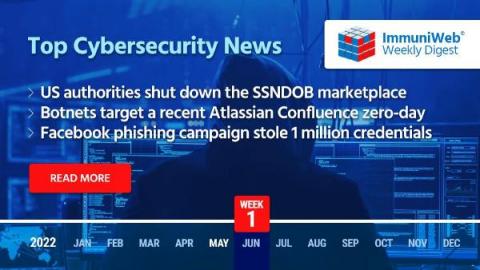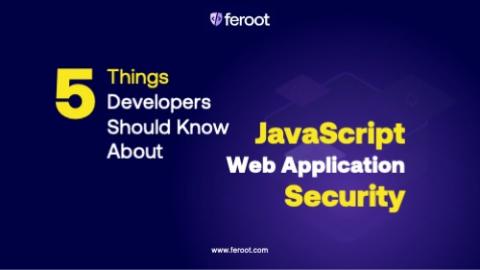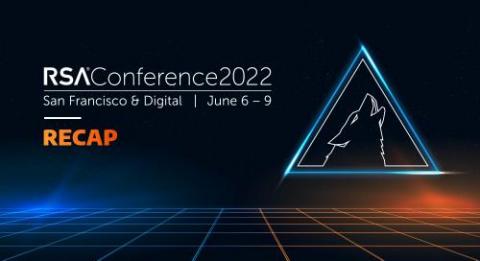Trustwave's Action Response: More MSDT Fallout with "Dogwalk"
A zero-day vulnerability has been re-disclosed that is very similar to the Follina zero-day announced last week and is actively being tracked by Trustwave SpiderLabs. The vulnerability was initially publicly disclosed back in 2020 but dismissed by Microsoft, which replied at the time: "We are also always seeking to improve these protections.











